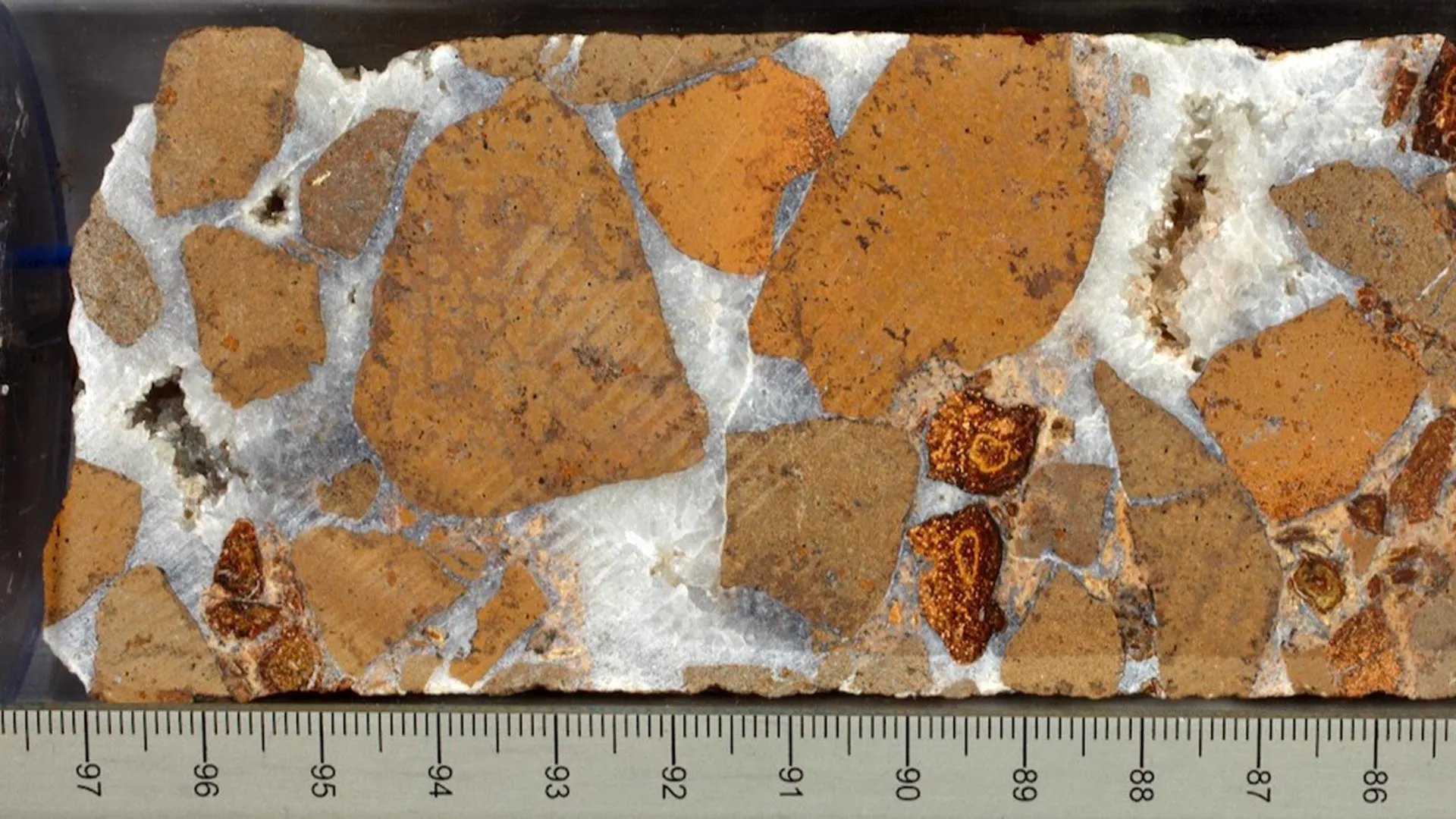A team led by Rice University physicist Frank Geurts has achieved a major milestone in particle physics by measuring the temperature of quark-gluon plasma (QGP) at different stages of its evolution. This plasma is a form of matter that is believed to have filled the universe just a millionth of a second after the big bang, the event that marks the origin and expansion of the universe. The results, published on October 14 in Nature CommunicationsThey offer a rare glimpse into the extreme conditions that shaped the early cosmos.
Tracking heat in the early universe
Measuring temperatures in environments where no instrument can physically survive has long been a challenge for scientists. The team overcame this by studying the thermal electron-positron pairs released during high-speed collisions of atomic nuclei at the Relativistic Heavy Ion Collider (RHIC) at Brookhaven National Laboratory in New York. These emissions provided a way to reconstruct how hot the plasma became as it formed and cooled.
Previous temperature estimates had been uncertain, often distorted by movement within the plasma that created Doppler-like shifts or by confusion over whether the readings reflected the plasma itself or later stages of its disintegration.
“Our measurements unlock the thermal fingerprint of QGP,” said Geurts, professor of physics and astronomy and co-spokesperson for the RHIC STAR collaboration. “Monitoring dilepton emissions has allowed us to determine how hot the plasma was and when it began to cool, providing direct insight into conditions just microseconds after the creation of the universe.”
Open a new thermal window
Quark-gluon plasma is a unique state of matter in which the building blocks of protons and neutrons, quarks and gluons, exist freely rather than being confined within particles. Its behavior depends almost entirely on temperature. Until now, scientists lacked the tools to observe this hot, rapidly expanding system without distorting the results. Since QGP reaches temperatures of several trillion Kelvins, the challenge was to find a “thermometer” capable of observing it without interference.
“Thermal lepton pairs, or electron-positron emissions produced throughout the lifetime of the QGP, emerged as ideal candidates,” Geurts said. “Unlike quarks, which can interact with plasma, these leptons pass through it virtually unscathed and carry undistorted information about their environment.”
Detecting these fleeting pairs among countless other particles required extremely sensitive equipment and meticulous calibration.
Experimental progress at RHIC
To achieve this, the team refined RHIC’s detectors to isolate low-momentum lepton pairs and reduce background noise. They tested the idea that the energy distribution of these pairs could directly reveal the temperature of the plasma. The approach, known as a penetrating thermometer, integrates emissions over the entire life of the QGP to produce an average thermal profile.
Despite the difficulties in distinguishing genuine thermal signals from unrelated processes, the researchers obtained very precise measurements.
Different temperature stages revealed
The results showed two clear temperature ranges, depending on the mass of the emitted dielectron pairs. In the low-mass range, the average temperature reached approximately 2.01 trillion Kelvin, which is consistent with theoretical predictions and with temperatures observed when plasma passes into ordinary matter. In the highest mass range, the average temperature was around 3.25 trillion Kelvin, representing the earlier, hotter phase of the plasma.
This contrast suggests that low-mass dielectrons are produced later in the evolution of plasma, while higher-mass ones come from its initial, more energetic stage.
“This work reports the average temperatures of the QGP at two distinct stages of evolution and multiple baryon chemical potentials, marking a significant advance in mapping the thermodynamic properties of the QGP,” Geurts said.
Mapping of matter in extreme conditions
By precisely measuring the temperature of the QGP at different points in its evolution, scientists obtain crucial experimental data needed to complete the “QCD phase diagram,” which is essential for mapping how fundamental matter behaves under immense heat and density, similar to the conditions that existed moments after the big bang and that are present in cosmic phenomena such as neutron stars.
“Armed with this heat map, researchers can now refine their understanding of the QGP lifetime and its transport properties, thus improving our understanding of the early universe,” Geurts said. “This breakthrough means more than a measurement; it heralds a new era in the exploration of the most extreme frontier of matter.”
Contributors to the study include former Rice postdoctoral associate Zaochen Ye (now at South China Normal University), Rice alumnus Yiding Han (now at Baylor College of Medicine), and current Rice graduate student Chenliang Jin. The work was supported by the U.S. Department of Energy’s Office of Science.
#Physicists #capture #trillions #degrees #heat #Big #Bangs #primordial #plasma










